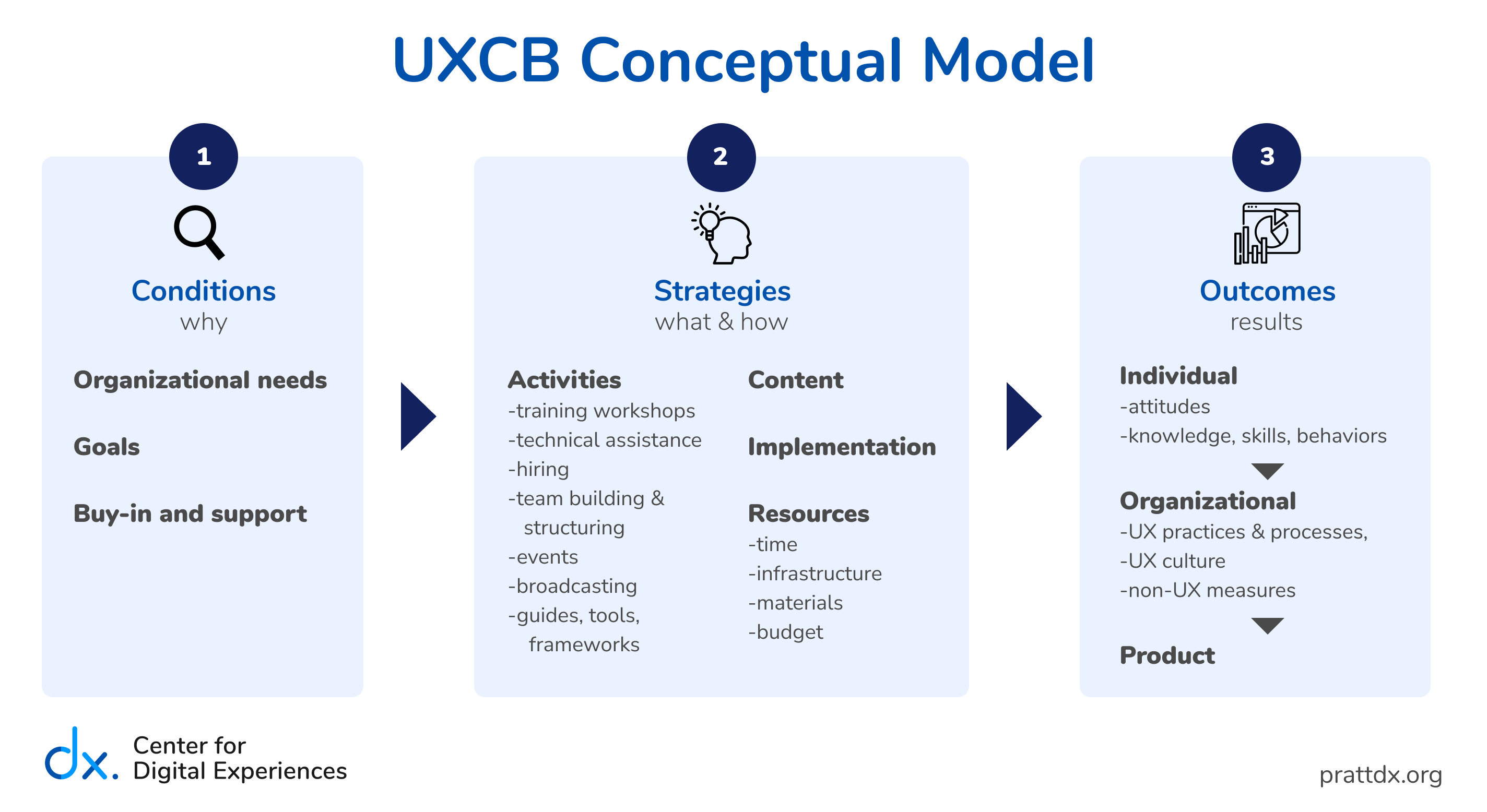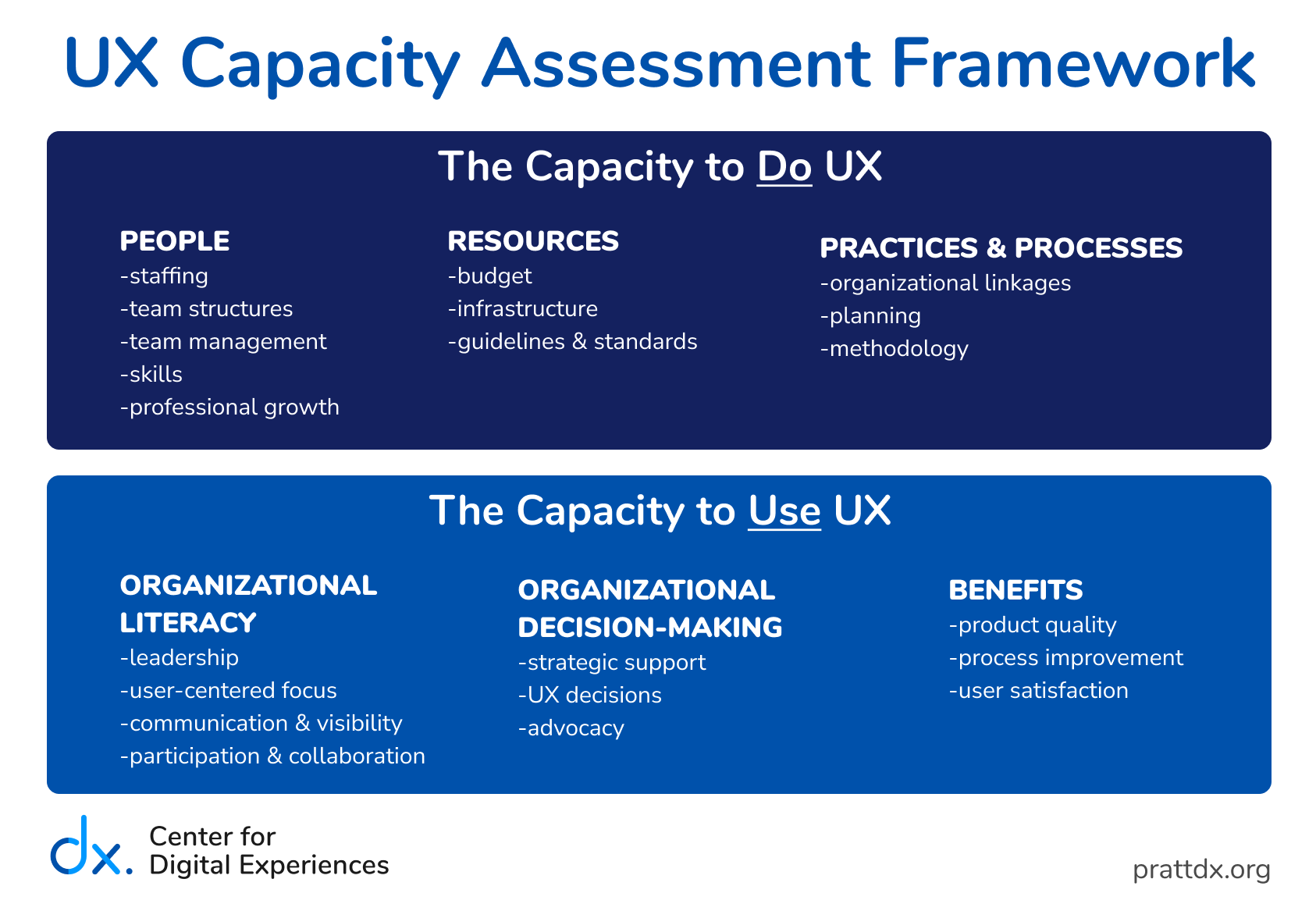Building Organizational User Experience Capacity in Museums
Craig MacDonald and Elena Villaespesa
Nora Gordon, MS Information Experience Design ‘21
Rachel Jackson, MS Museums and Digital Culture ‘22
Danielle Kingberg, MS Information Experience Design ‘22
Kyle Kisicki, MS Information Experience Design ‘22
Kate Nadel, MS Museums and Digital Culture ‘21
Hriti Shah, MS Information Experience Design ‘21
Aimee Shi, MS Museums and Digital Culture ‘21
School of Information
Despite the rapid growth in the User Experience (UX) industry, many museums and cultural heritage institutions struggle to apply UX methods due to a misunderstanding of key UX principles, an inability to provide sufficient resources to support UX work, or some combination thereof.
In response, we’re developing the UX Capacity-Building Playbook for Museums as an interactive database of proven strategies for overcoming these obstacles and creating a healthy and self-sustaining UX-focused culture. By building a strong internal UX practice, museums can focus their efforts on creating digital experiences that are engaging and meaningful for all visitors.



